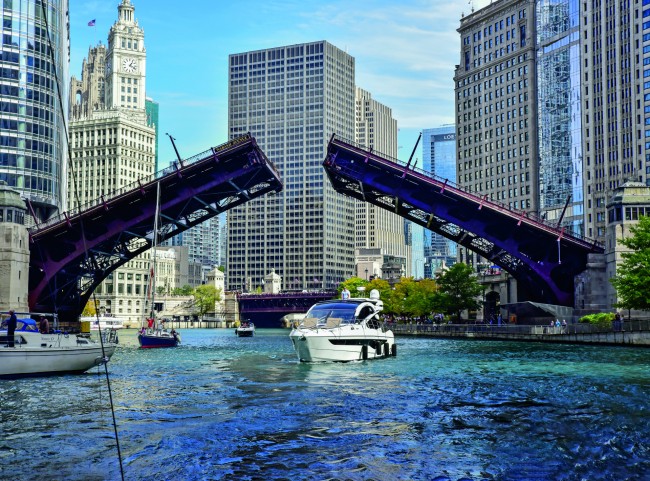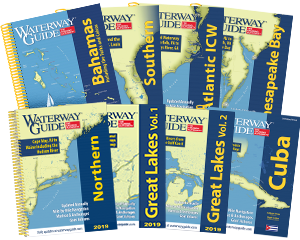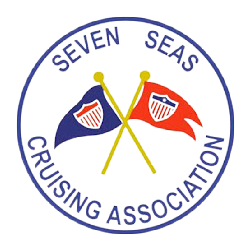
A sure sign of fall (or spring) in Chicago is the biannual boat run, during which 27 lift bridges are sequentially opened from S. Ashland Ave. to Lake Shore Dr. in downtown Chicago. The purpose of the run is to allow the passage of recreational sailboats and large cruising vessels from boat storage yards to Lake Michigan.
The Chicago Department of Transportation (CDOT) operates and maintains the bridges and sets the biannual boat run lift schedules. Spring boat runs are conducted from mid-April through June for the outbound trip to Lake Michigan, while fall boat runs are conducted mid-September to early November for the inbound trip back to a storage yard. The bridges open approximately 40 times a year from April to November. (Vessels that do not require an opening can set their own schedule.)
Each bridge lift takes an average of 8 to 12 minutes. The trip through downtown can take a total of 2 to 4 hours. Spring boat runs begin at one of two yacht yards–Chicago Yacht Works at Mile 321.7 (Ashland Ave.) or Canal Street Marina & Yacht Yard at Mile 323.

Starting times at the yacht yards are usually 8:00 a.m. on Saturdays and 9:30 a.m. on Wednesdays. The largest number of boats make the trip to Lake Michigan in May, and historically no boat run is scheduled on the Saturday of Memorial Day weekend. Fall boat runs start at the N. Lake Shore Drive Bridge at Diversey Harbor at 9:00 a.m. on Saturdays and 9:30 a.m. on Wednesdays. This tradition started back in the 1800s, when Chicago was a busy crossway on the water route from Buffalo, NY to the Mississippi River.
The very first bridges that were built in 1840 started out as floating swing bridges. Next was a timber drawbridge constructed at Dearborn St. that resembled those traversing moats at medieval castles, complete with large lifting chains. In the years that followed, Chicago's bridge history included five types of movable bridges–floating, swing, vertical lift, rolling lift bascule and fixed trunnion bascule.
Ultimately, it was the trunnion bascule bridge–inspired by London Bridge–that became a Chicago staple. The first trunnion bascule bridge opened in 1902 over the north branch of the Chicago River at Cortland Street. Known as a "Chicago Style" bridge, the leaves are suspended on axles (trunnions) with massive concrete counterweights located in a riverbank pit below the bridge.
There are single-leaf bascule bridges, often used for trains, and double-leaf bascule bridges, which can best be described as two seesaws located across from each other. Today there are18 trunnion bascule bridges in a mere 2 miles in downtown Chicago.
The biannual boat runs are an interesting and, at times, chaotic experience. Expect a mix of tour boats, pleasure boats, kayakers and other paddlers in the downtown area. Be forewarned that horns will be blasting and boat engines idling during bridge lifts. If that's not nerve-wracking enough, the River Walk will likely be crowded with folks watching the parade of boats.
Another great vantage point is the top of the five-story McCormick Bridgehouse & Chicago River Museum, which offers magnificent 360-degree views of the city. At the lowest level of the bridgehouse, visitors can view the moving gears as they lift the massive Michigan Avenue Bridge leaf.
You can find bridge schedules, a tour map and a historical overview at www.chicagoloopbridges.com or call 312-745-3115.












